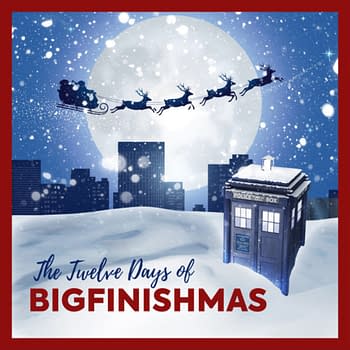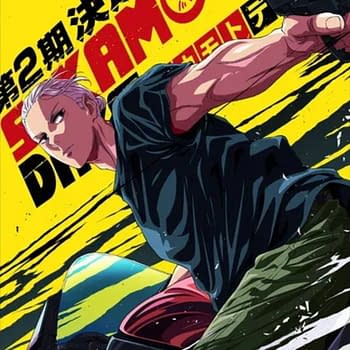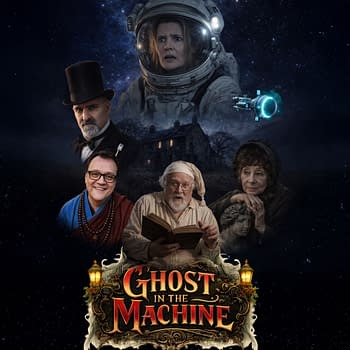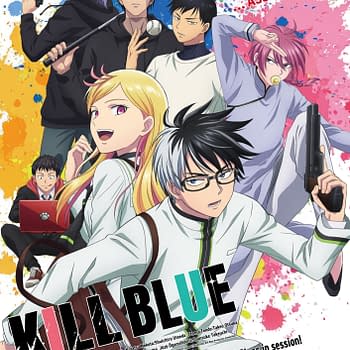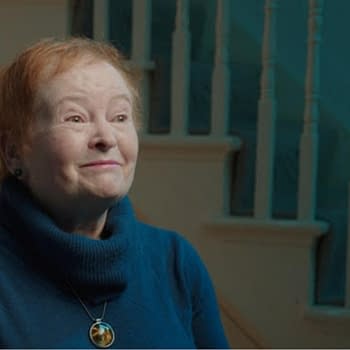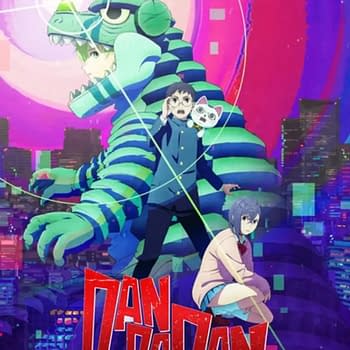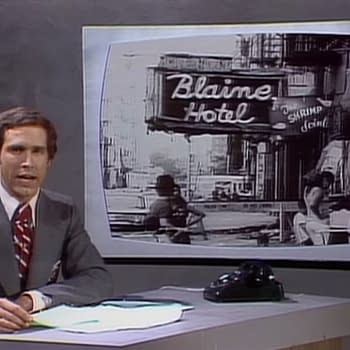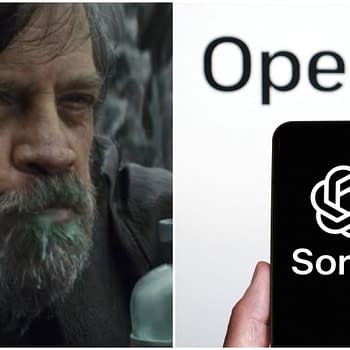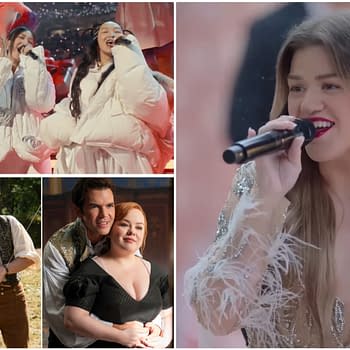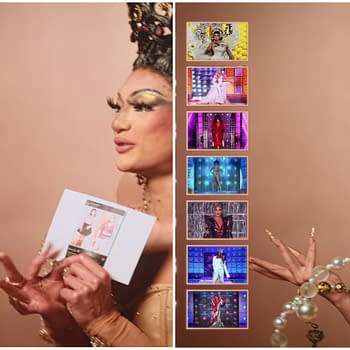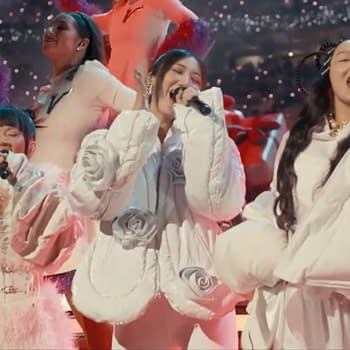Posted in: DC Universe, Review, streaming, Trailer, TV | Tagged: beard hunter, bleeding cool, brotherhood of dada, cable, crazy jane, cyborg, dadaism, dc unverse, decreator, doom patrol, Elastigirl, flex mentallo, grant morrison, jeffery carver, Larry Trainor, LGBTQ, lovecraftian, man of muscle mystery, mr. nobody, negative man, Niles Caulder, Rita Farr, Robotman, scissormen, stonewall, stream, streaming, television, tv, Willoughby Kipling
'Doom Patrol': A Look at How Grant Morrison's Comics Influenced the DC Universe Series
The entire first season of Doom Patrol is now up for streaming on DC Universe, I think it's the best superhero show on TV. It's a show that can hold conflicting layers: both heartbreakingly sad and hysterically funny, serious and ridiculous, smartly cerebral and gleefully stupid, all at the same time. Fans of the original Grant Morrison run on the comics were pleasantly surprised by how much of that material was used in the Doom Patrol television series.
But exactly how much was used? Let's take a look…

Showrunner Jeffrey Carver worked on SYFY's remake of BBC series Being Human. In adapting Doom Patrol, he kept the premise of the original 1960's comic and deepened the themes he explored in Being Human. Both shows deal with a group of damaged people living together in a comedy of squabbling roommates.
Warning: Major Spoilers!
'Doom Patrol' Preserves the Core of the Original Series
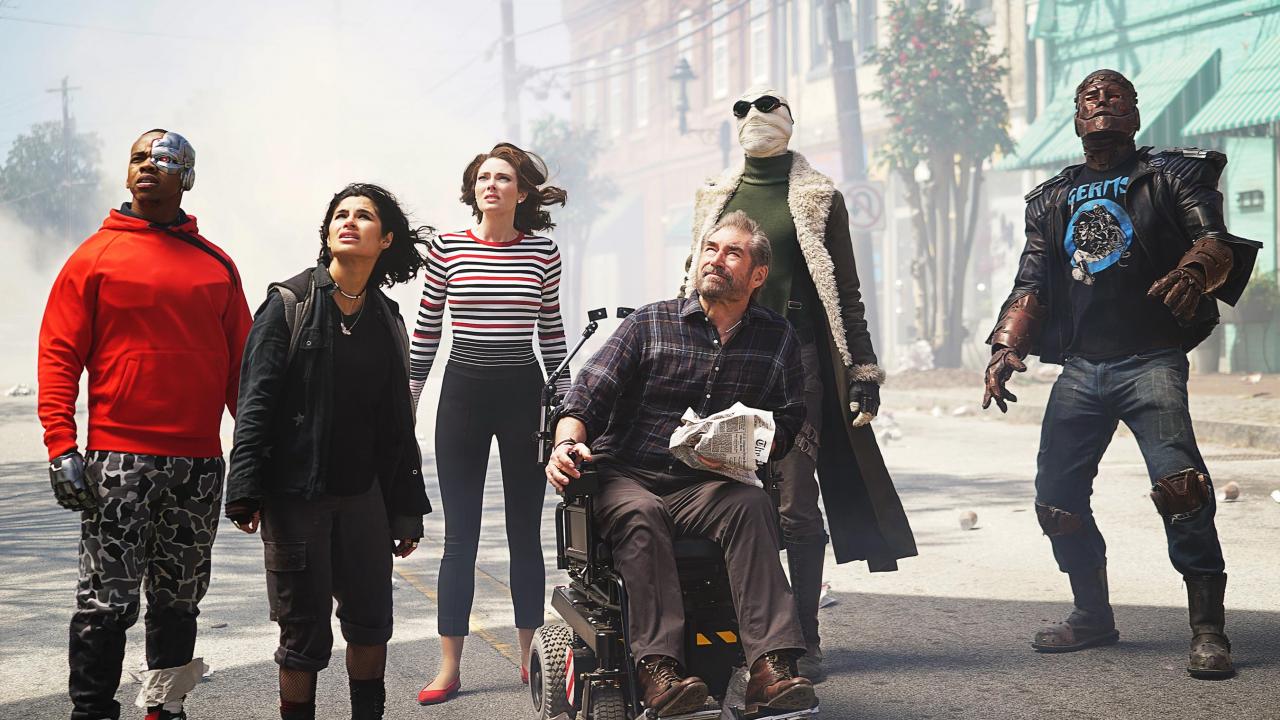
Like Being Human, Doom Patrol continues the theme of broken, traumatized people trying to figure out how to move on with their lives. Their powers become metaphors for their trauma far more than the original Sixties comics ever showed. This was a motif that Morrison delved into when he took over the comic in the 1980's, and Carver takes his cue from Morrison.
The show keeps the original lineup from the comic: The Chief, Robotman, Negative Man, and Elastigirl. Robotman's angst over being a brain in an unfeeling robot body becomes a metaphor for his depression and rage. Larry Trainor and his conflicted relationship with the negative being that lives in his body is an allegory for Larry's repressed, closeted homosexuality and existential discomfort. Rita Farr's battles with keeping her body in one piece represents her shame, guilt, self-loathing and body issues. Carver was also asked to add Cyborg to the show and turned him into an equally dysfunctional and traumatized character. The show is an allegory about people living with disability.
It's funny that in modern movies and TV shows, men in wheelchairs are always hiding sinister secrets. The last example being Eobard Thawn in CW's The Flash. Here Niles Caulder is hiding a lot of horrible secrets, the worst being that he engineered the accidents that made the team what they are now. The latter revelation is taken from the climax of Morrison's run on the comic. In fact, the vast majority of the first season consists of ideas and characters from Morrison's run.
How much did the show use, you may ask? Read on.
Wow, That's A Lot of Grant Morrison!
Much of the show uses characters and situations from Morrison's 1980's run on the comic where he took the series – and the superhero genre – to new heights of big ideas, freewheeling symbolism, and psychedelic craziness. After Alan Moore's Watchmen, Morrison's Doom Patrol probably had the greatest influence on superhero books ever since. Where Watchmen and Frank Miller's The Dark Knight Returns kicked off the grim-dark trend to superheroes, Doom Patrol embraced the childish silliness inherent in superheroes and pushed it as far as it could go.
Mr. Nobody
Mr. Nobody is the big bad of the show's first season. In the comics, he's a Joker-esque trickster, more interested in artistic mischief as an ideology than in ruling the world. He wants to disrupt the mundane conformism of the world through acts of artistic mayhem. In the show, he's a self-conscious supervillain who wants to do supervillain things. He breaks the fourth wall constantly – a Morrison motif – to narrate to the viewer how ridiculous and stupid he finds the very conventions of superhero stories he's part of and manipulating. He's not a revolutionary like the version in the comics. He's just out for petty revenge against Niles Caulder. He wants to expose and humiliate Caulder for his lies and horrible deeds.

Crazy Jane
The TV version of Crazy Jane is faithful to Morrison's version in the comics. She has 64 different personalities, each with their own powers. Her background and origin are also faithful to the comics. The show's writers do invent some new personalities – a ditzy blonde twenty-something obsessed with 90's romantic comedies who can control people's minds. The other major difference is the TV version of Jane is more abrasive and loud as a defense mechanism to keep people at a distance.
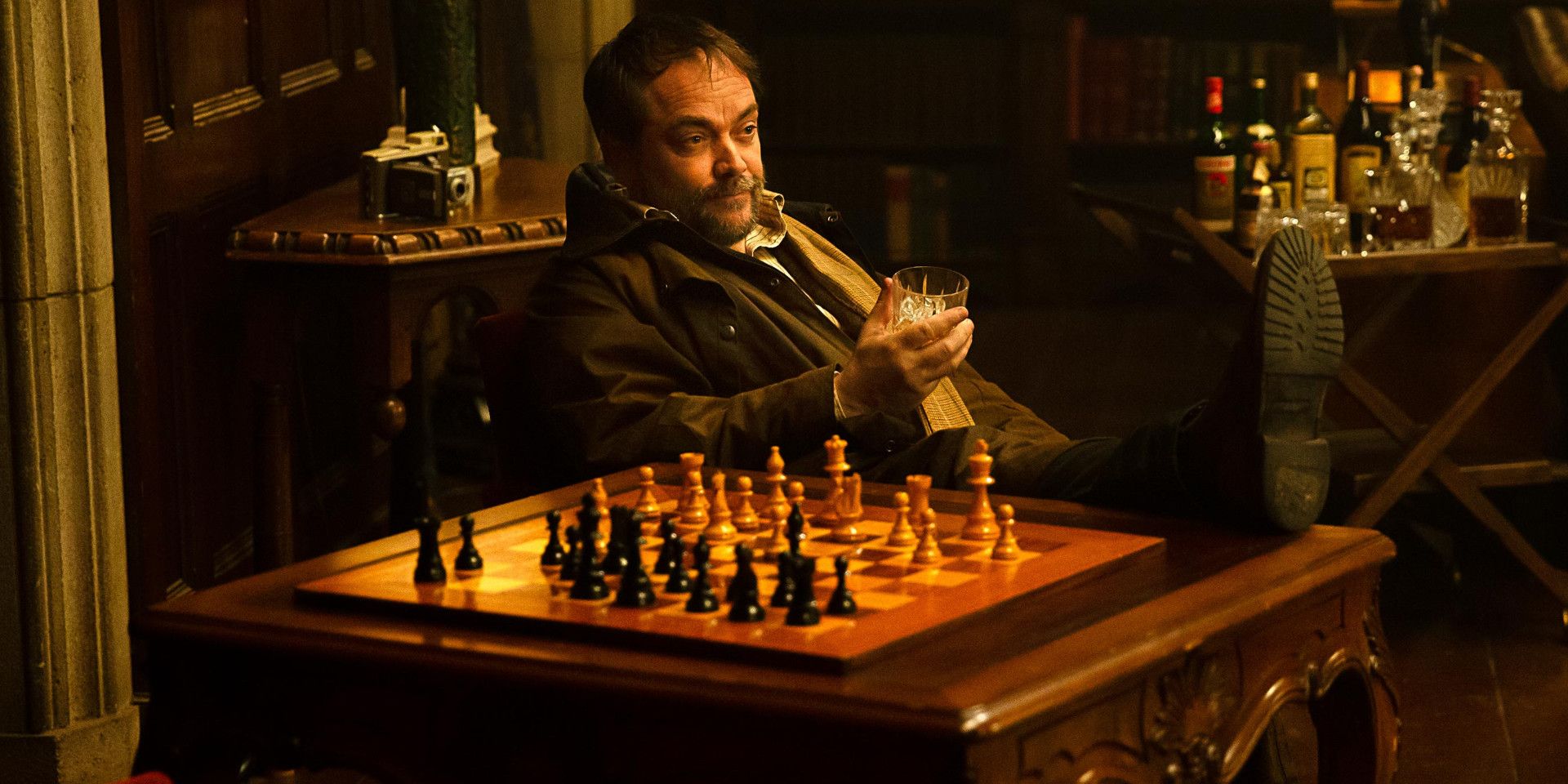
Willoughby Kipling
Kipling is a chain-smoking, snarky British magician fighting the forces of darkness in the comics. If you think he sounds like John Constantine, that's because Morrison originally wanted to use him but the editors vetoed it, so he invented a characters who's Constantine in all but name.
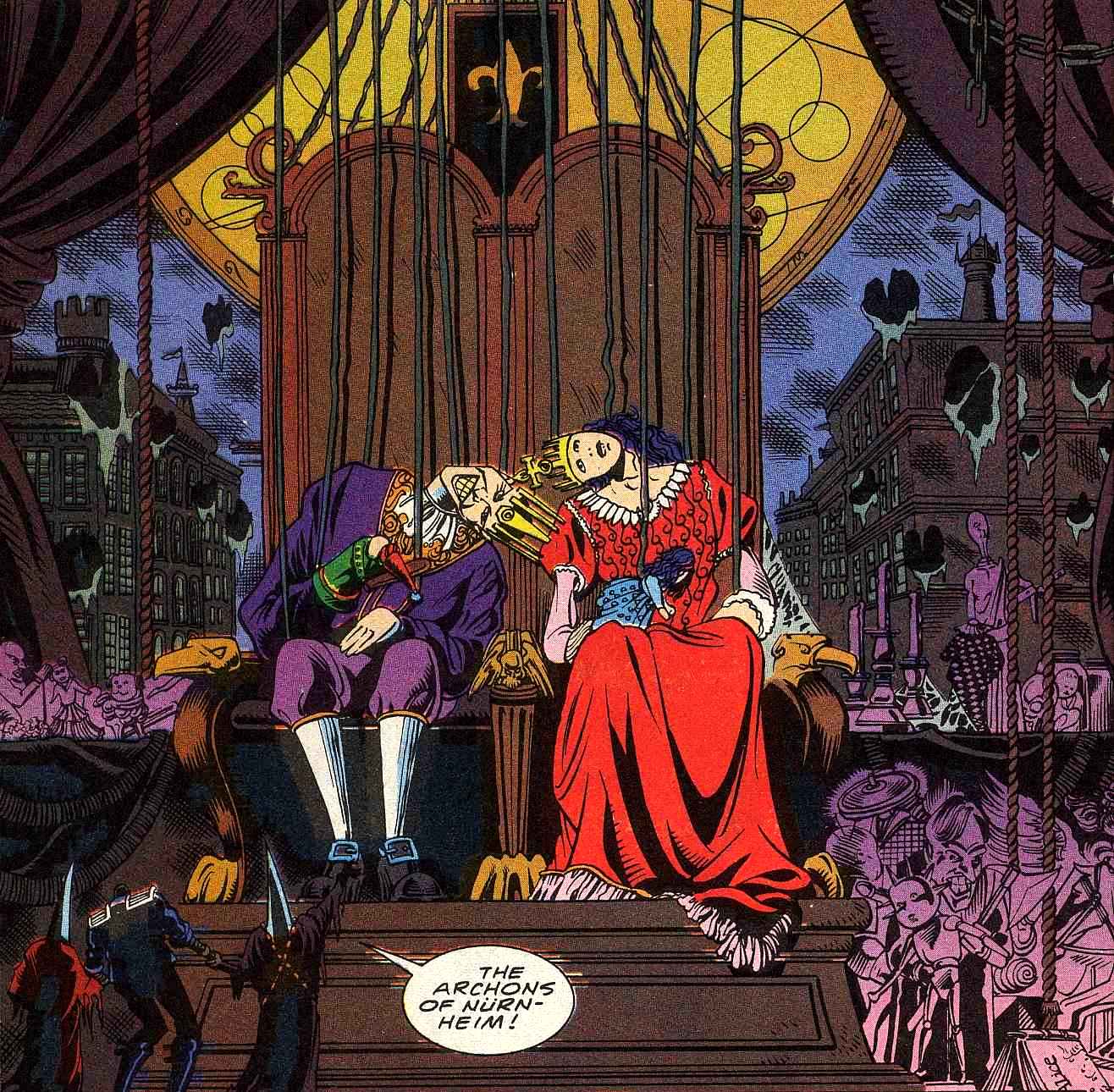
The Cult of the Unwritten Book, the Scissormen, and the Decreator
Kipling's entrance into the TV show brings the first big cosmic menace to the team's doorstep. The show weaves Morrison's creations The Cult of the Unwritten Book, the Scissormen and the Lovecraftian cosmic anti-God the Decreator into the show. The man who was the unwritten book also becomes a character in his own right in the show – including a more tragic story, expanded from a quick introduction in the comics.

Danny the Street
Danny is a gender-queer sentient street that travels from place to place offering refuge to outsiders and social outcasts and an endless street party. Danny is like New York City's Stonewall and annual Gay Pride Parade come to life and neverending. The show doubles down on Danny as a sanctuary for LGBTQ people more than the comics did. Danny has a drag queen karaoke club that never closes and the party never ends.

The Beard Hunter
In Morrison's comics, the Beard Hunter was a spoof of vigilante characters like the Punisher. He wants to rid the world of facial hair… by shooting all people who have beards! In the TV show, he's a weirder creation in line with the show's doubling down on cosmic silliness. This Beard Hunter is a schlubby guy who lives in his mother's basement like a stereotype of a comic book nerd – until he's activated. Now he becomes a heavily-armed bounty hunter who tracks his prey by eating their facial hair. He finds out everything about them and can track them across vast distances.
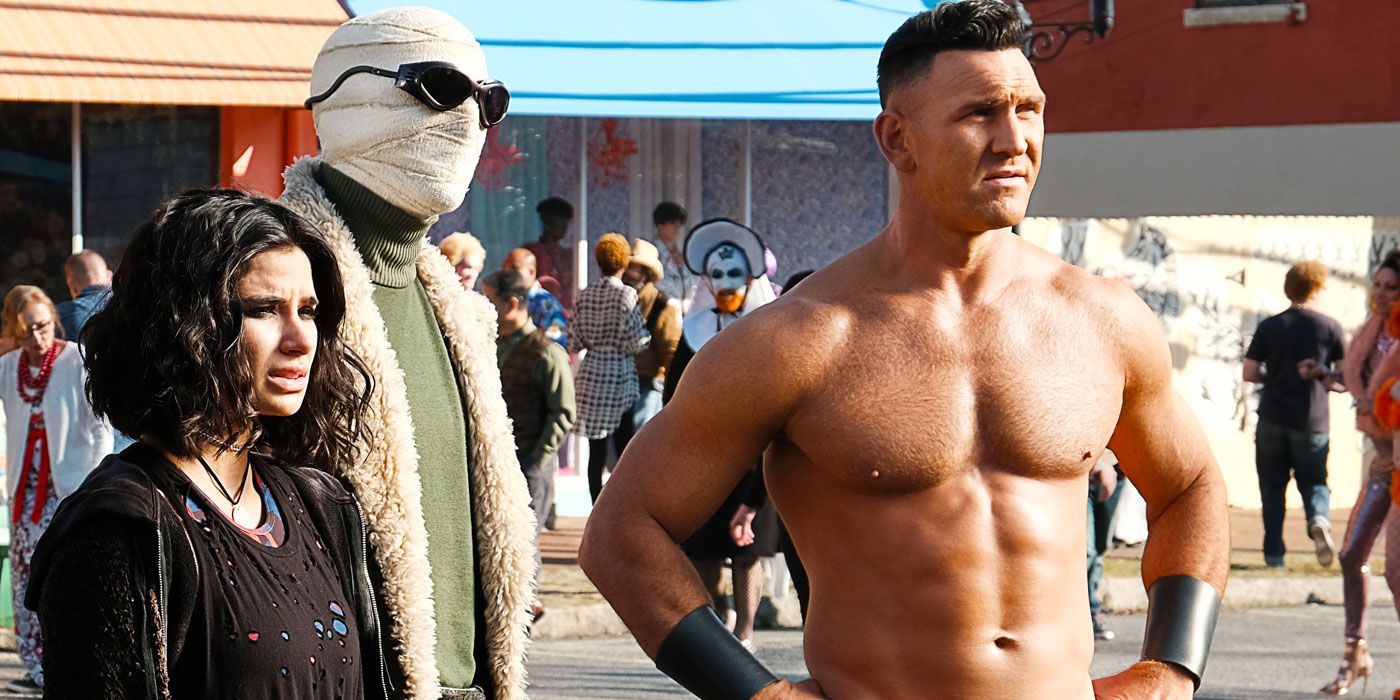
Flex Mentallo
The original version of Flex Mentallo in the comics was a parody of the Charles Atlas bodybuilder advertisements that ran for decades in comics books. In the show, Flex is the character from comic book ads come to life. He has a wife in the show who gets taken hostage by the Bureau of Normalcy. Otherwise, Flex is largely the cheerful, positive character from the comics with the power of Muscle Mystery. The show even takes the moment in the comics where Flex accidentally induces everyone in the vicinity to have an orgasm. This makes Doom Patrol the first superhero TV show or movie to feature anyone actually experiencing an orgasm – and not from violence. That makes this show sex positive.
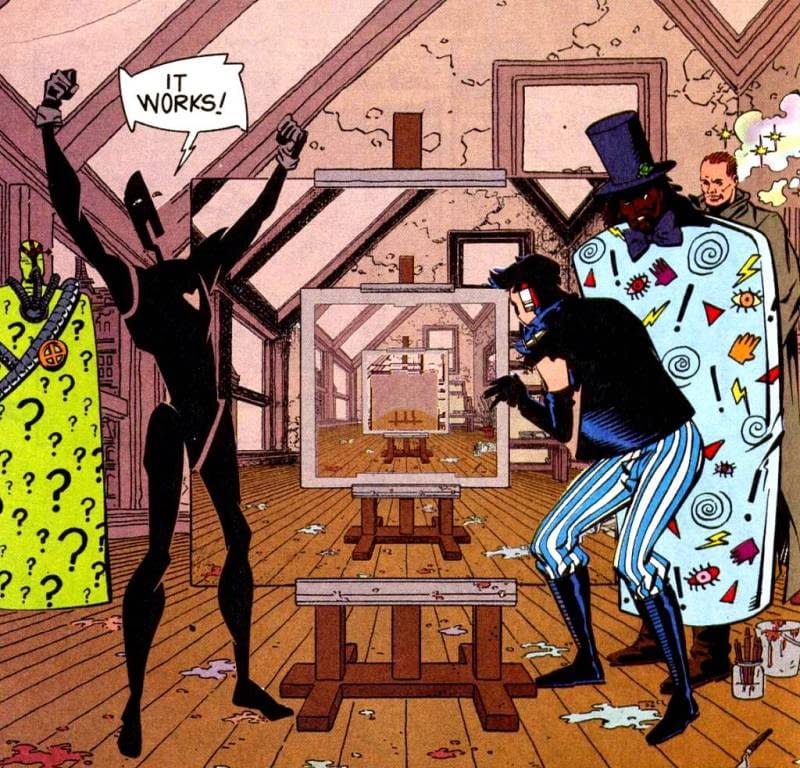
The Painting that Ate Paris
The painting was originally a Dadaist artpiece in the comic Mr. Nobody and the Brotherhood of Dada unleashed as a weapon to threaten the world. The painting doesn't eat Paris in the show. Instead, Mr. Nobody uses it as a weapon to trap Danny the Street and Dorothy Spinner so that the team have to enter in the season finale.
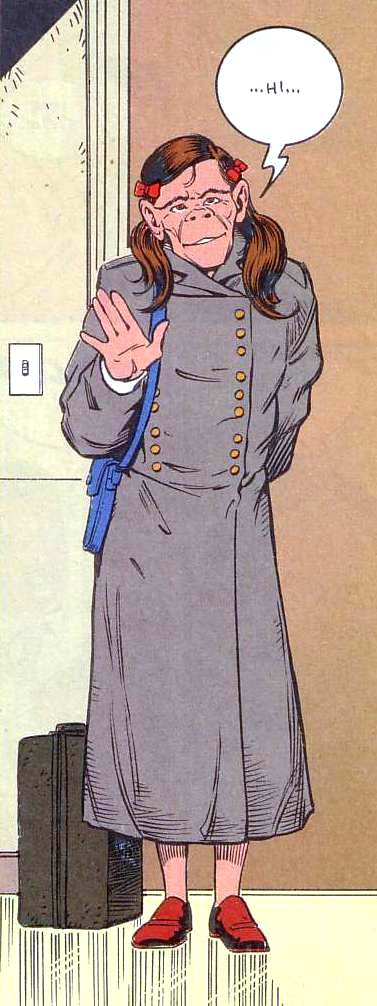
Dorothy Spinner
Dorothy was originally an ape-faced little girl who could create powerful and deadly imaginary friends in the comics. In the show, Dorothy was reconfigured into the Chief's daughter in the finale of the first season. Caulder had her hidden in one of Danny the Street's buildings to keep Mr. Nobody from finding her. In the show, she possesses powers that can alter Reality itself. Dorothy might be a major part of season two if the show gets renewed. Where they spent season one coming to terms with themselves, now they have to raise a little girl with the power to remake or destroy the world. The theme of a family is extended.



